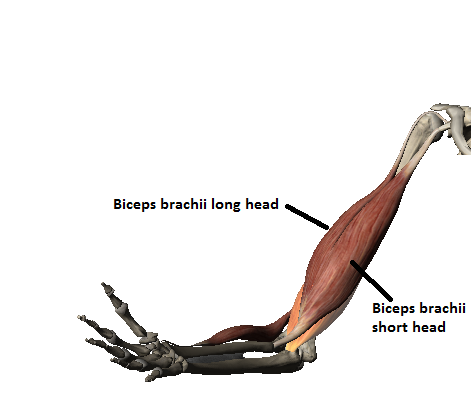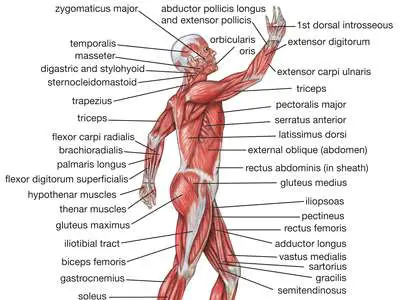Shalabhasana: Health Benefits, Types & Steps
What is Shalabhasana? Locust Pose is a moderate back bend that tones and strengthens the entire back. “Salabhasana” (shah-lah-BAHS-uh-nuh) is the Sanskrit word for the position. So, essentially “Salabha,” in Sanskrit is defined as “locust,” and “Asana,” translates as “position.” Locust Pose is a back bend that can help the beginner with deeper back bends…










